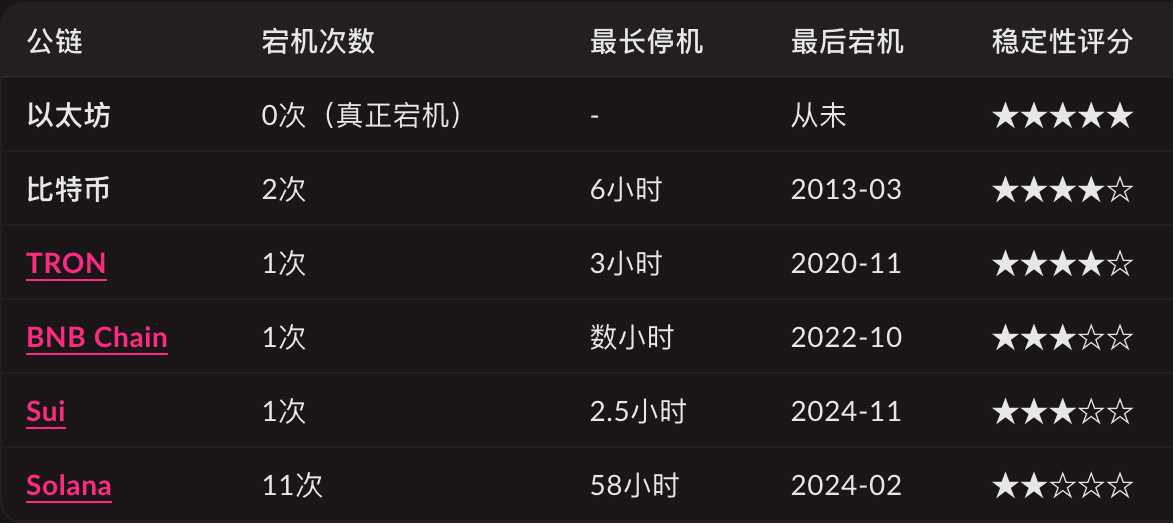August 7, 2025 Market Analysis
To mention an important data point, according to Etherscan, the number of daily transactions on the Ethereum network surged to 1.87 million yesterday, close to the historical record of 1.96 million transactions set on January 14, 2024. Perhaps some may wonder why there are so many transactions now without congestion? Thanks to the EIP-4844 and Dencun upgrades, network capacity has significantly increased, so even when transaction volume is at a historical peak, gas fees remain low. Perhaps everyone already knows that recently, during certain periods, TRX chain transfers were more expensive than ETH chain; last year during the meme frenzy, a transaction on the SOL chain cost dozens of U in gas fees; it can be anticipated that when the king of public chains improves its processing capacity and no longer faces past congestion, it is actually preparing for the next ecological explosion. The upgrades and technological accumulation that have been silently done all along will gradually show their value in the future.
I have previously mentioned that as the price of Ethereum increases, the activity level of the ecosystem will gradually enhance, which is actually inevitable. The so-called 'wealth effect' works this way: when the price rises, it naturally attracts more attention. For Ethereum, the most direct manifestation is the increase in on-chain transaction numbers. Especially for Ethereum, due to numerous ETH price-related operations in DeFi projects, such as LP and staking lending, when the price of Ethereum fluctuates, the prices of altcoins will passively change, triggering a chain reaction. For capital, investment places great importance on data, so on-chain activity is an important reference indicator.
In addition to transaction data, there is another technology that capital is more concerned about, which is whether there is downtime. Recently, the base chain experienced over 50 minutes of downtime, and the market seemed to have little reaction. Firstly, there are not many users regularly using the base chain; secondly, this is acceptable for retail investors. However, we must know that for Wall Street capital, a minute of downtime could mean huge losses. Historically, there have been several large-scale downtimes that caused massive losses: in 2005, the London Stock Exchange trading system crashed, with traders estimating losses of over 100 million pounds; in 2010, during the Flash Crash, the Dow Jones plummeted, resulting in several high-frequency traders losing hundreds of millions; in 2018, the Tokyo Stock Exchange had a system failure that halted trading for a day, with losses difficult to estimate. Therefore, for large-scale Wall Street, the most important security must be supported by historical data of the chain, which is also one of the reasons why BTC was prioritized.
Through surf, I looked up the historical downtime of several major public chains. The BTC chain only experienced downtime in 2013, while in recent years, almost all major public chains have had downtime. For ETH, what I value most is technological accumulation, ecological prosperity, and continuous innovation. Compared to recent US companies choosing ETH as the best alternative after BTC, it is certainly because they have seen something. Some things, when they don’t happen, are invisible; when they are really needed, being able to deliver is a true skill.

Thank you for your attention and likes. #ETH巨鲸增持



